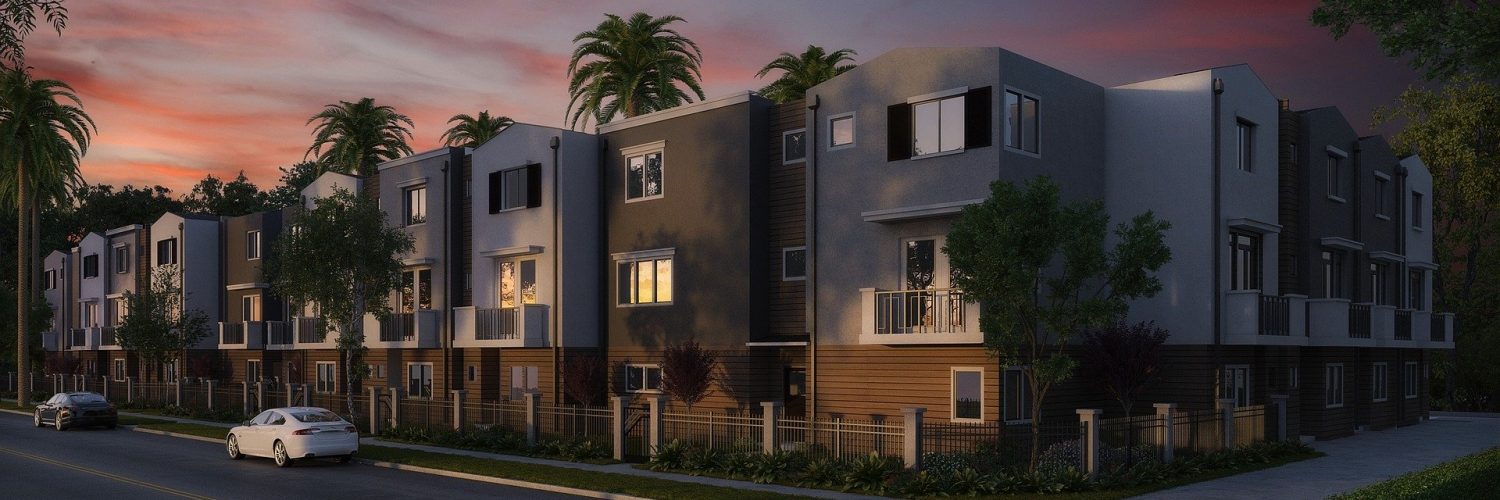There are two numbers that I see dictate the success or failure of many house flipping investors. The first is the cost of the rehab. The second is the ARV or after repair value assumption. Today we are going to look at how to determine ARV properly.
The ARV of your potential flip is basically your target sales price. This is the price at which you should be able to sell the property and this number must be accurate. Your whole transaction depends on this number being right because all of your other numbers, including the price you are willing to pay, the dollar amount of rehab you can spend and most importantly, the amount of profit potential in the deal, all rely on this number.
The first resource to use when determining the ARV of a property is your realtor. You should ask your realtor to give you a list of all like properties sold within a half to full mile radius in the most recent 3-6 months. Be sure that this information includes the list price, sales price, closing date, days on market and specs of the house, as well as distance from the subject property. Having a map is a good idea as well so that you can see exactly where these properties are in relation to your subject property.
This is your raw data, and by learning how to look at this data, you will learn how to properly determine how much your house will resell for. I like to have this data populated in an excel spreadsheet so I can search and manipulate the data as I see fit.
 The first thing you want to do is search by closing date, looking at the most recently sold comps first, and the oldest comps last. This can give you an idea of the market trend, but more importantly can let you separate older data from newer data. From this point, you want to further refine the data and compare properties most similar to your subject property. This involves looking at the bedroom/bathroom and square footage counts.
The first thing you want to do is search by closing date, looking at the most recently sold comps first, and the oldest comps last. This can give you an idea of the market trend, but more importantly can let you separate older data from newer data. From this point, you want to further refine the data and compare properties most similar to your subject property. This involves looking at the bedroom/bathroom and square footage counts.
I like to sort by total square footage, and then weed out comps that are not appropriate due to their bedroom/bathroom counts. Depending on the house size, these bedroom bathroom counts can be important. For example, if you have a 2 bed/1 bath house with the same square footage as a 3 bed/2 bath house, you need to take into consideration that a 3/2 is more desirable than a 2/1. That is a comp you may want to throw out.
By the same token, if your property is a 3 bed/1 bath and you are comparing to a 3 bed/2 bath, you have to remember that the second bathroom makes that other property more attractive, all other things being equal, and likely that is reflected in the purchase price.
After wading through this data, you should be left with comps in descending order by sales date that are very comparable to your subject property. Depending on how many comps you have, you may want to refine your search further. For example, you may want to eliminate comps sold over a half mile away or comps sold over 90 days ago.
With this data, you can then go to your map and see where each property is located. Pay attention to locations here, as location can mean a big difference between two like properties located very near each other. If you see homes in one area of your map selling for more than homes in another area, you need to know why. Perhaps there are different HOA’s, maybe one area has views, is located on a golf course, is within a desirable school district… There could be any number of reasons for the difference, but it is important for you to recognize that there is a price difference and find out why.
Next you want to look at days on market for these properties. If properties in the area are on the market for short periods of time, less than 30 days for example, you can infer that the market is strong. This is good for house flipping, as selling a property more quickly is almost the same as selling it for more money (especially if you are taking a loan for the transaction). If properties are on the market for very long periods of time, over 90-120 days, you need to find out why.
Finally, you should go and actually drive the comps that you are going to use for your ARV calculation. This is important; you have to go drive the comps. You can find all the raw data you want, but you need to look at the neighborhoods, compare them to your subject property neighborhood and ensure that the comps you are using are really comparable to your property.
Now that your research is done, you should have a good handle on the ARV of your property. You can look at this data in a number of ways. You can calculate the value using a price per square foot number that you take from your final batch of comps. You can find the most comparable properties and average their prices. You can find the most comparable properties and take the lowest sales price. You can toss the highest and lowest priced properties and average the rest. You can speak with your realtor about these comps and get their opinion.
Once you have some experience, you will be able to get a good feel for the ARV of a property. If you are in doubt, you should use a more conservative number rather than a more aggressive number. The most important thing is to do your research and stick with your findings. Again, this is the basis of your whole transaction, so you need to be comfortable and proficient at figuring out the ARV of your house to flip.
I specialize in alternative financing options for investment properties, including fix and flip transactions, in California. For more information about rehab lending for house flipping projects, as well as contact information for me, please visit my California rehab loans page.
